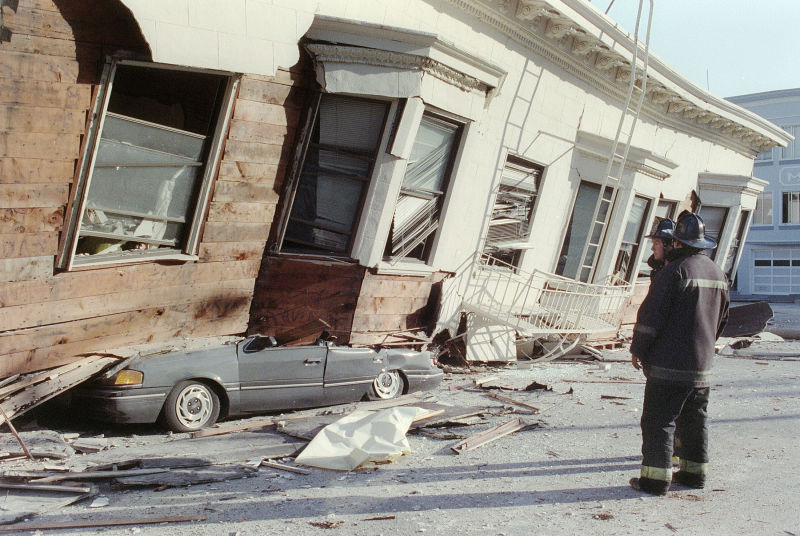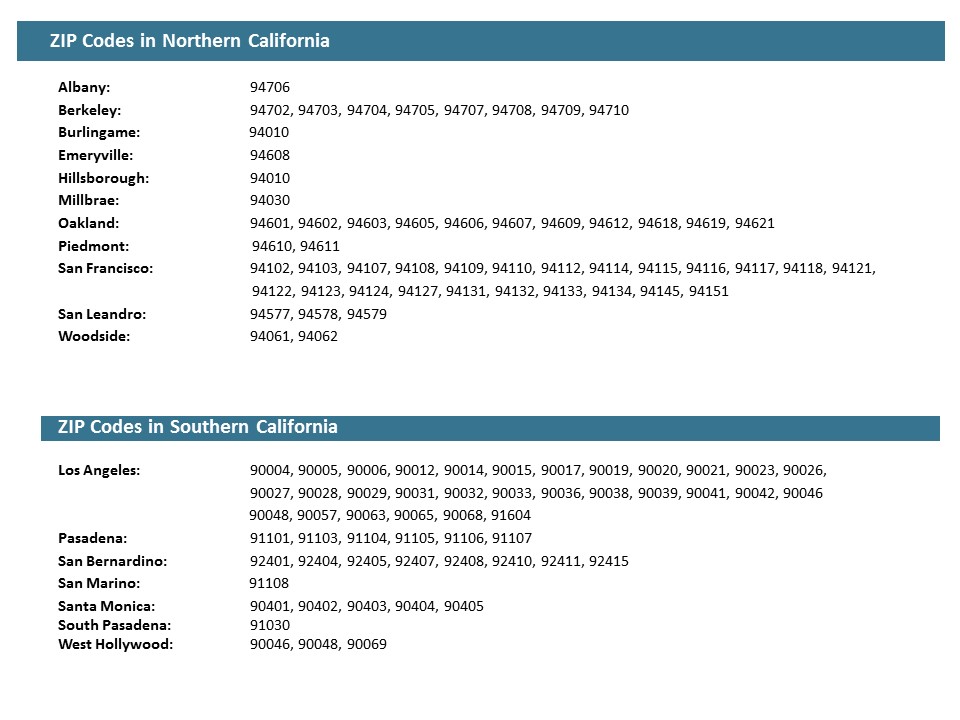On Wednesday, a grant program got underway for homeowners who want to earthquake retrofit their houses. Earthquake Brace + Bolt, funded by money from the state and the California Earthquake Authority, will give homeowners up to $3,000 to help finance retrofit work.
When the next Big One hits, many old houses in the state will be vulnerable to collapse. After the South Napa earthquake in August 2014, said California Earthquake Authority CEO Glenn Pomeroy, you could see the difference between homes that had been retrofitted and those that hadn't.
"You'd see, in one case, two homes side by side, built about the same period of time, similar construction. And one had been retrofitted, and it stood tall and strong; the other had not been retrofitted, and it toppled off its foundation," said Pomeroy in an interview with KQED's Joshua Johnson.
To help prepare residents, Gov. Jerry Brown approved $3 million in funding last year to expand the retrofit grant program and to cut the cost of earthquake insurance. For retrofitted homes, insurance through the California Earthquake Authority can drop by 20 percent. Retrofit grants will be awarded to 1,600 homes this year, selected through an application and lottery system.
"They may not have won the Powerball, but they have this opportunity to win the opportunity to make their homes safer," said Pomeroy.

